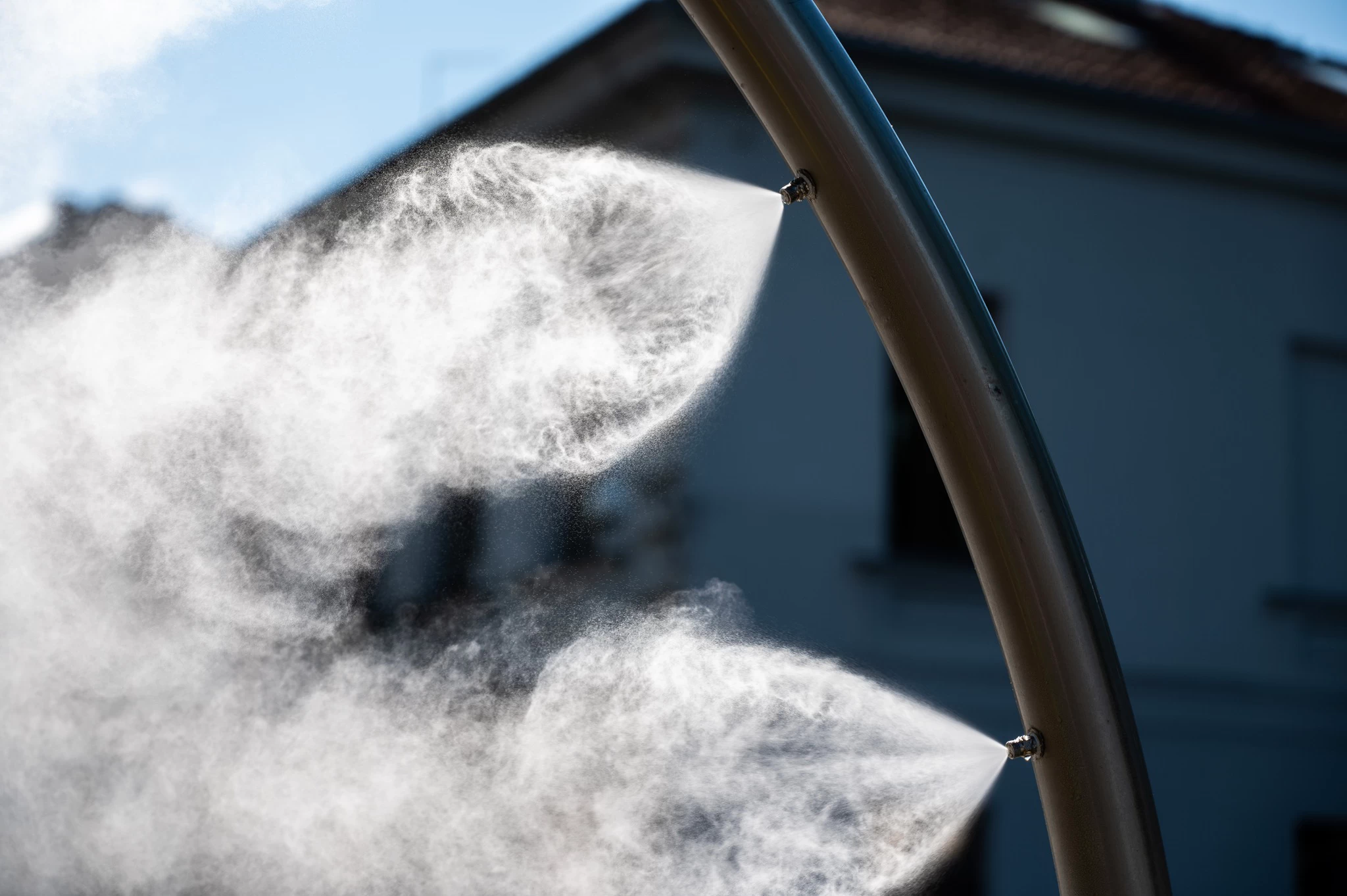Blog Categories

Understanding Misting Systems: A Comprehensive Guide
Misting systems are innovative solutions designed to provide relief from hot weather and create a comfortable outdoor environment. In this blog post, we’ll explore various aspects of misting systems and answer common questions about their effectiveness, costs, functionality, and more.
- Do misting systems really work?
Misting systems work by creating a fine mist of water droplets that quickly evaporate, resulting in a cooling effect. They are highly effective in reducing ambient temperature and providing comfort in hot climates. - What is the average cost of a misting system?
The cost of a misting system can vary depending on factors such as system type, coverage area, and installation requirements. On average, a basic misting system can range from $500 to $2,000, while more advanced or larger systems can cost several thousand dollars. - How does a misting system work?
A misting system typically consists of high-pressure water pumps, tubing, and specially designed misting nozzles. The pump pressurizes water, which is then released through the nozzles in the form of a fine mist. The mist evaporates quickly, cooling the surrounding air. - How much water does a misting system use per hour?
The water consumption of a misting system depends on factors such as the system’s flow rate, duration of operation, and number of misting nozzles. On average, a misting system can use around 1-2 gallons of water per hour. - Do misters use much water?
Misters are designed to atomize water into tiny droplets, maximizing the cooling effect while minimizing water usage. Compared to traditional methods like sprinklers, misters are more efficient and use relatively less water. - Which is better, fogging or misting?
Both fogging and misting are effective cooling methods, but they serve different purposes. Fogging is typically used for larger areas and outdoor cooling, while misting is suitable for smaller spaces and localized cooling. The choice depends on the specific requirements and preferences. - Do you need a pump for a misting system?
Yes, a pump is a crucial component of a misting system. It pressurizes the water, allowing it to be dispersed through the misting nozzles effectively. High-pressure pumps are commonly used for optimal misting performance. - Is misting the same as spraying?
Misting and spraying are similar in that they both disperse liquid in the air, but there are differences in their purpose and technique. Misting creates a fine mist of water droplets for cooling, while spraying typically involves a broader spray pattern and is used for applying substances like pesticides or cleaning solutions. - Does a misting system use electricity?
Yes, misting systems require electricity to power the water pumps and, in some cases, the control mechanisms. However, they are generally energy-efficient and consume minimal electricity. - Do patio misters make everything wet?
No, patio misters are designed to create a fine mist that evaporates quickly, providing a cooling effect without making everything wet. However, factors such as wind direction and proximity to the misting nozzles can influence the level of moisture in the immediate area. - Do misters keep bugs away?
Misters can help in reducing the presence of certain flying insects, such as mosquitoes and flies, as they are less likely to approach areas with a misting system. However, misters alone may not completely eliminate all bugs, and additional measures like using insect repellents or screens can provide more effective bug control. - Do misting fans make everything wet?
Misting fans combine the benefits of air circulation and misting to create a cool and refreshing environment. While misting fans do release moisture, they are designed to create a fine mist that evaporates quickly, minimizing the amount of water that settles on surfaces. This helps to keep everything from getting excessively wet. - How long does a misting system last?
The lifespan of a misting system depends on several factors, including the quality of components, maintenance, and usage. With proper care and regular maintenance, a high-quality misting system can last anywhere from 5 to 15 years. - At what temperature do misters work?
Misters are effective in a wide range of temperatures, but they are particularly useful in hot and dry climates. The cooling effect of misting is most pronounced in high temperatures, where the evaporative cooling process can significantly reduce ambient temperatures. - Do misters help keep flies away?
While misters can deter flies to some extent, they may not completely eliminate them. Flies are less likely to be attracted to areas with misting systems due to the presence of moisture and cooler temperatures. However, additional measures such as proper sanitation and fly traps may be necessary for effective fly control. - Where is the best place to install a misting system?
The ideal placement for a misting system depends on the specific area and purpose. Common installations include outdoor patios, gardens, commercial spaces, and livestock areas. The misting system should be strategically positioned to provide maximum coverage and cooling efficiency. - What is the best placement for a misting system?
The best placement for a misting system depends on the area you want to cool. Generally, it is recommended to install misting nozzles at a height of 8-10 feet, targeting areas where people gather or where cooling is most desired. This can include seating areas, outdoor kitchens, and recreational spaces.
Conclusion:
Misting systems offer an effective and efficient way to beat the heat and create a comfortable outdoor environment. They provide a refreshing mist that cools the air, making them a popular choice for homes, businesses, and outdoor spaces. By understanding how misting systems work and their various features, you can make an informed decision about installing one to enhance your outdoor experience.
